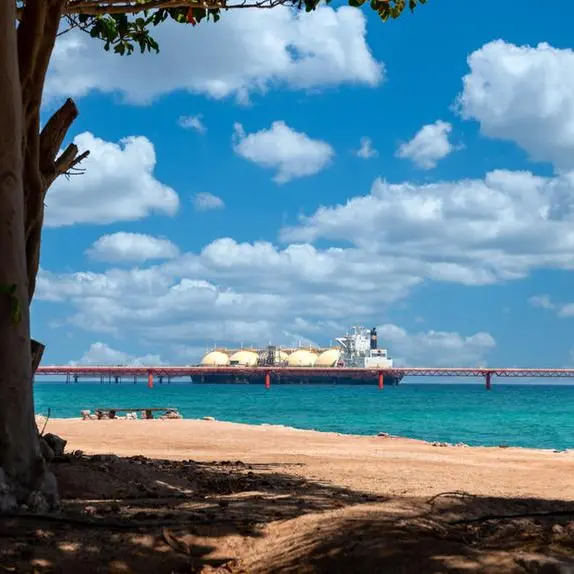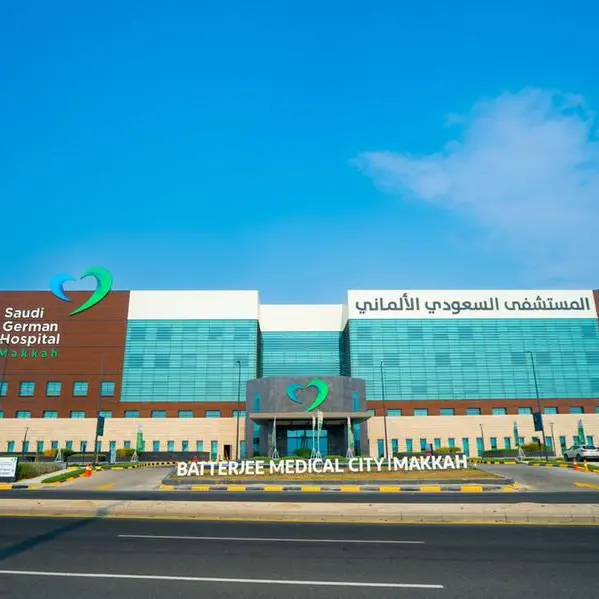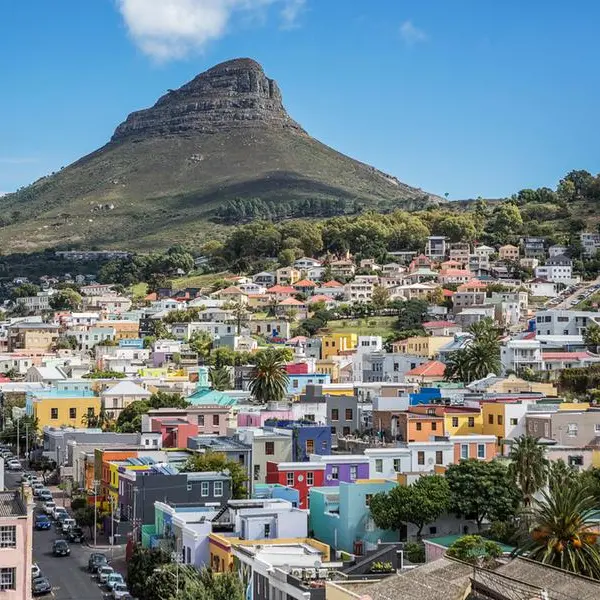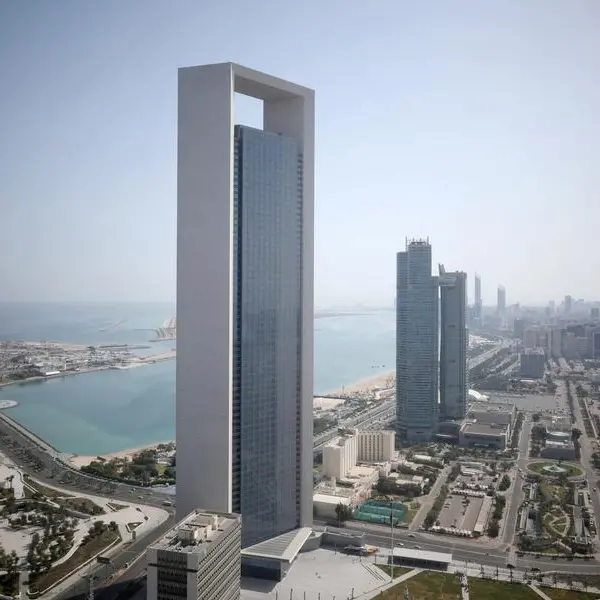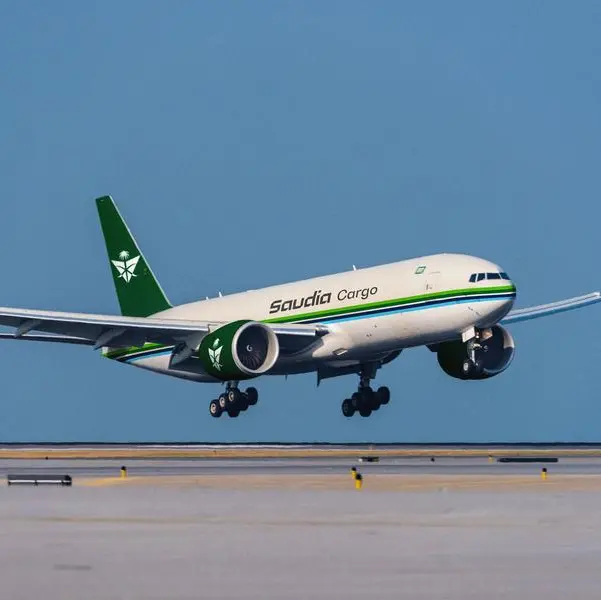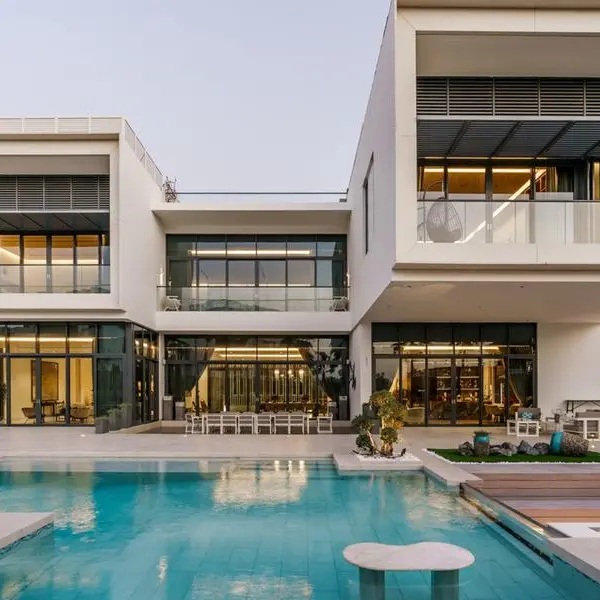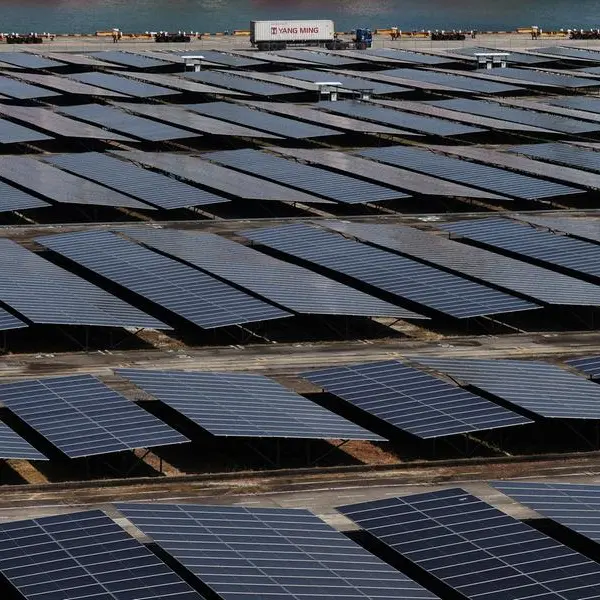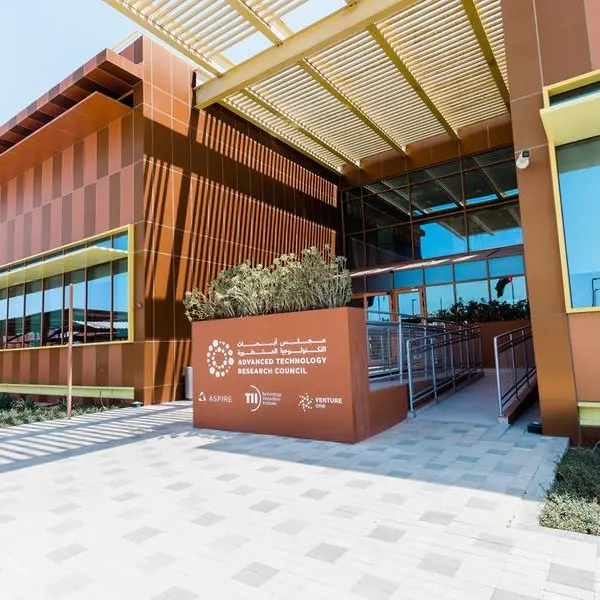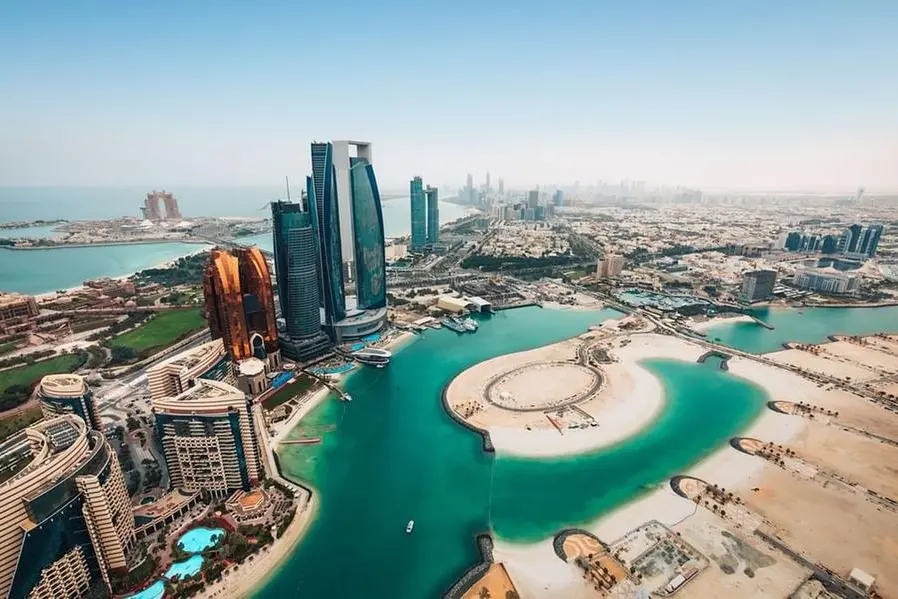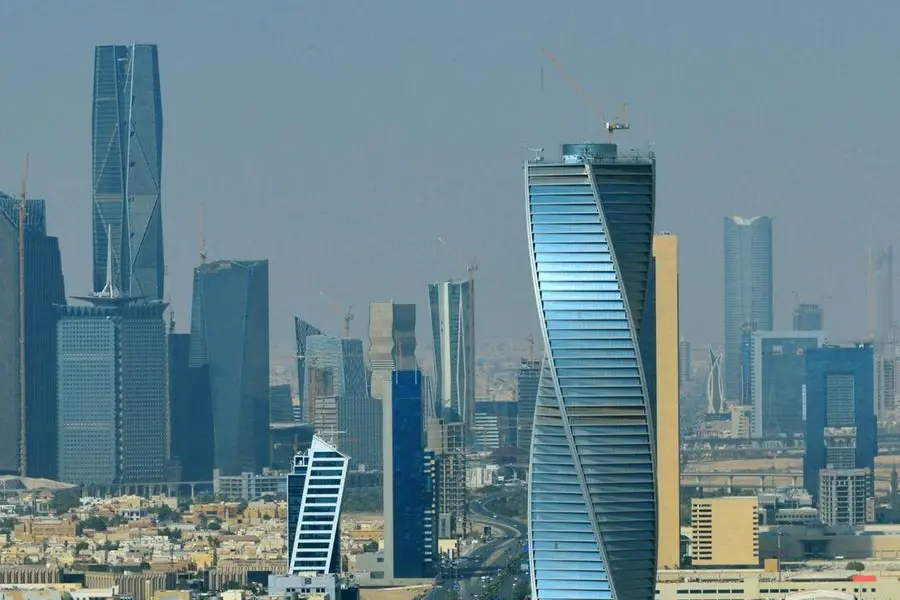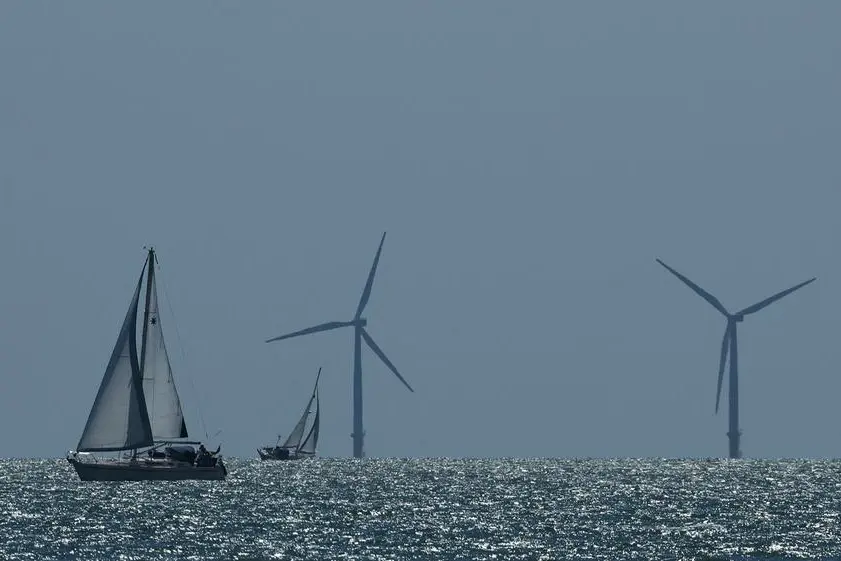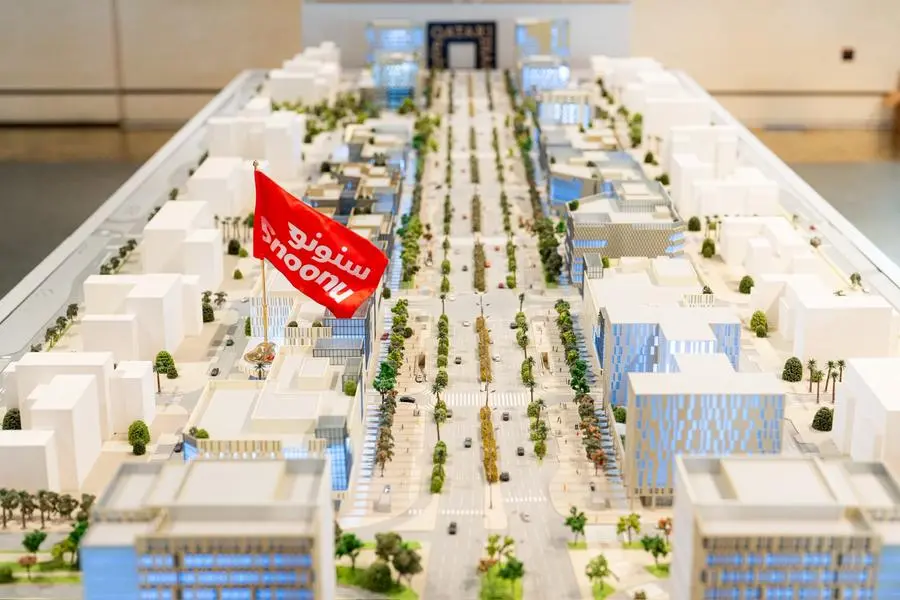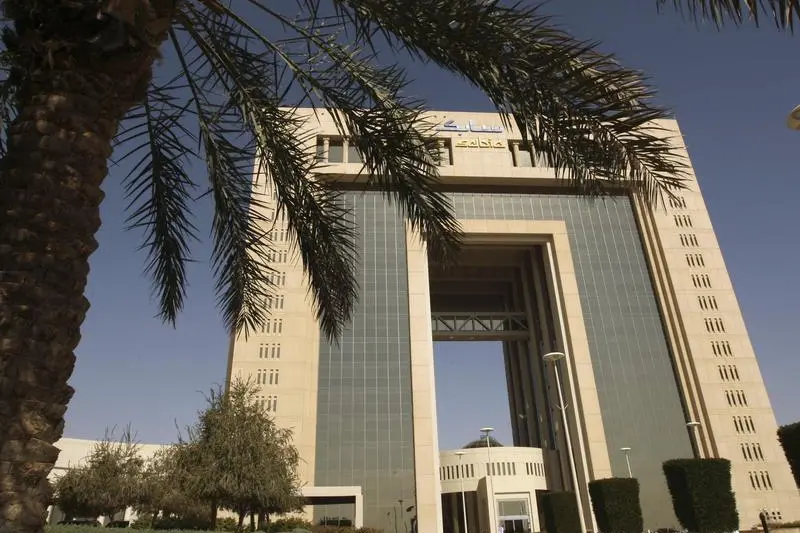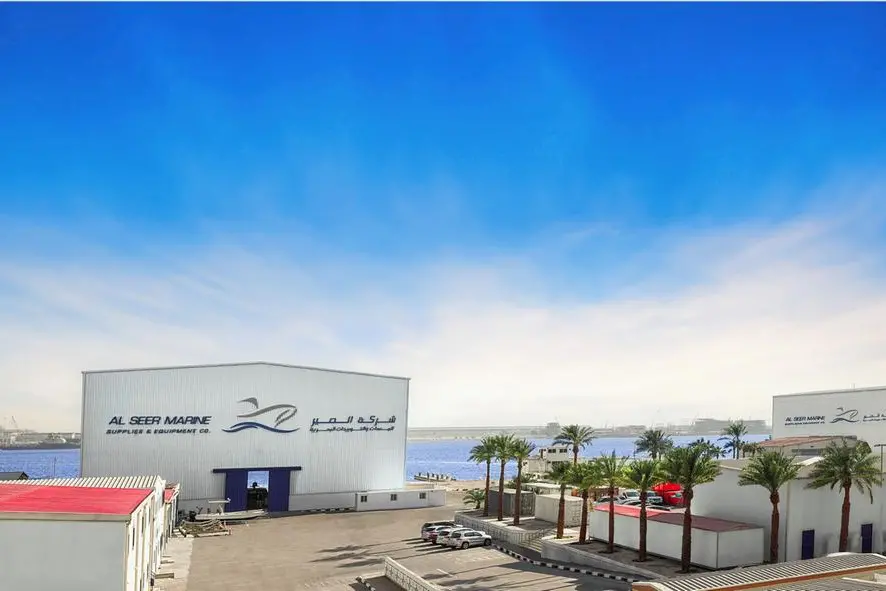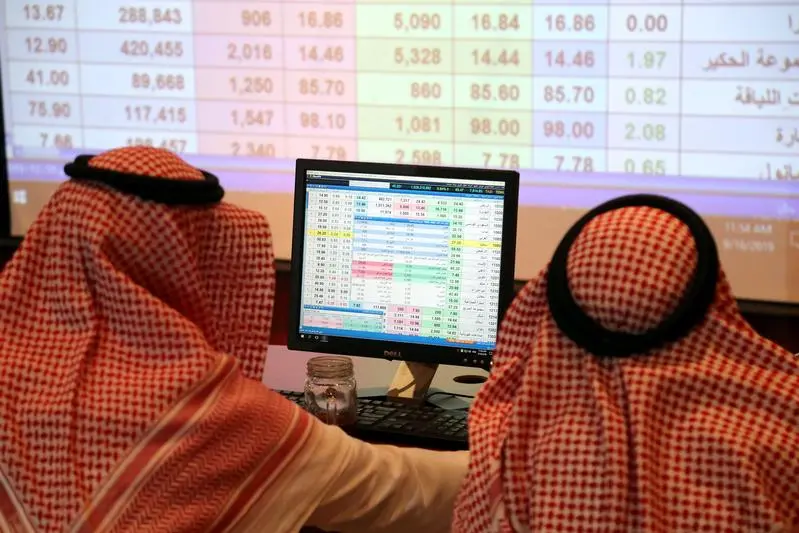The Nile snakes its way through Egypt from Aswan to the Mediterranean Sea. For centuries, the river served as a major conduit for transport. Yet today, less than one percent of inland cargo traffic is shipped by river. But with the country's cities and highways choked by traffic, the river's potential for cost-effective intermodal shipping is becoming increasingly clear.
Four decades of neglect have left an indelible mark on the nation's once-vibrant river transport system. River ports have deteriorated or closed, channels have clogged up, and the vessels left in operation are old and obsolete. The Nile, as a cargo transport route, has ceased to exist, says Hisham El-Dib, a maritime attorney. "What we have on the river are small boats carrying timber, not full cargo carriage. We don't see that here on the Nile [anymore]."
In the 1960s, the Nile carried about 20 percent of Egypt's inland transport, estimates Hamdy Barghout, business development director at EgyTrans, one of the country's largest freight shippers. Today, river transport accounts for less than one percent of the trade volume. By contrast, railways and roads carry 3.5 and 95 percent of total cargo, respectively.
Barghout explains that Egypt's river transport infrastructure has deteriorated over the past 40 years due to the construction of the Aswan High Dam which led to a drop in water levels and created choke points along its length. With the government unwilling to invest in dredging and upgrading port facilities, shippers opted instead for the growing network of highways that has given rise to commercial trucking fleets. Entire industrial complexes, such as Sixth of October City and Tenth of Ramadan City, were built without any rail or river connections. River ports were abandoned; barges sold for scrap.
Wading in troubled waters
The potential for increasing Nile transport is enormous, but so are the challenges. The river has 1,770 kilometers of navigable waterway, yet no public ports or dry docks. Furthermore, the 42 cargo ports on inland waterways, most of which are very basic, are privately owned by factories and have no rail or road connections.
One of the biggest impediments to navigation is water depth. For 960 kilometers from Aswan to Cairo the Nile is wide and deep, allowing barges to travel with little hindrance. The problems begin just north of Cairo, where the Nile divides into smaller branches that flow through the Delta to the Mediterranean Sea. Shippers complain about the river's neglected condition, particularly on the segments from Cairo to Alexandria and from Cairo to Damietta. "There are rocks, sometimes dead animals and lots of [debris]" obstructing the route, says Fathalla Mohamed Abdel Aziz, vice president of National Shipping & Investment, an Alexandria-based shipper. "You need a clean passage for transport."
A series of locks have been constructed on these two segments to regulate water depth and allow ships to pass sections that would otherwise be too shallow. Ships must pass seven locks on the westerly route from Cairo to Alexandria, which uses the Nubariya Canal, a shipping and irrigation canal that intersects the Nile's Rosetta branch near Kafr Bulein. The naturally formed eastern route from Cairo to Damietta has three locks.
Mechanical difficulties can delay a ship's journey. "The locks are lots of trouble to pass," says Abdel Aziz. "Normally, in each lock there are two entrances, but most of the time one of them is under repair or broken."
Shippers also complain about the lack of navigational aids, beacons and lanterns, which restricts travel on the Nile to the daylight hours. "At night, you put your ropes on a tree or something," explains Abdel Aziz. "There are no docks to berth for repair or to make storage for cargo."
As a result of these obstacles, the trip between Alexandria and Cairo can take up to three days. The 1,900-kilometer stretch between Cairo and Aswan can take nearly three weeks.
And it can be a lonely trip. The government has a virtual monopoly on Nile logistics through the state-owned River Transport Company. Most private freight operators prefer to operate land transport from Egyptian seaports. Only shipments too large to fit on trucks are transported by barge. "I prefer to work on the sea, and will work on the river only when I don't have enough work on the sea," Abdel Aziz says.
Flood of potential
There are signs that the tide is changing. Policymakers seeking solutions to the dramatic increase in road traffic, accidents and pollution that have accompanied the increased reliance on land transport are reassessing the role of the Nile. River transport, it has been recognized, is a cost effective, safe and environment-friendly alternative to trucking.
According to a recent United Nations Development Program (UNDP) study on Egypt's transportation sector, river barges require 30 percent less fuel than trucks to haul the same payload. Less fuel translates into cleaner operation and cheaper costs. The study determined that hauling 1,000 tons one kilometer costs LE 0.05 by river, compared to LE 0.07 and LE 0.14 for railways and trucks, respectively.
The cost advantage is amplified when transporting large payloads, which can be loaded on a single barge rather than a small fleet of 40-ton trucks. "[The river] is suitable to transport [cargoes of] untraditional weights and dimensions," says Karim Aboul Kheir, chairman of the River Transport Authority (RTA), a branch of the Ministry of Transport. "For example, if the [cargo] weight is 400 tons you can't move it by truck; you have to move it by barge. You can put 400 tons on one barge and move it."
For this reason, the Nile is ideally suited for transporting bulk cargo from Upper Egypt to Cairo such as phosphate, clay, petroleum and construction materials, he says. Other common cargoes include coal, fertilizer, grain and timber.
And given the condition of the nation's roads - some with potholes able to swallow fully-laden trucks - the river is better suited for the transport of high-value, non-perishable goods. "You can transport [fragile] goods because boats have a low mechanical effect compared to trucks," says Ghada Hamouda, a transportation consultant. "Trucks move around a lot - much more than barges. But it's a trade-off because the trip is longer."
The Nile has the potential to serve a number of basic shipping models. Goods can be moved from one river port to another, or from river ports to seaports, truck depots or rail terminals. "With the river, you can distribute goods to certain points, and then move them onto the highways from there," explains El Dib. "So the river makes the whole [shipping] process easier."
At present, however, no intermodal facilities exist on the Nile. A July 2007 study, "Maritime Transport and Related Logistics Services in Egypt," by economists Ahmed Ghoneim and Omneia Helmy, identified several obstacles to achieving river linkages to road and rail networks.
One reason is that a standard legal framework for liability and insurance of intermodal carriers does not exist in Egypt. "Liability terms are still negotiated on a case-by-case basis in contracts between various parties involved in the door-to-door trips. This lack of standardization results in different interpretations of contracts and creates legal problems associated with uncertainty," the study noted.
Another wrinkle is an outdated customs regulation that requires that a separate letter of guarantee be issued if cargo is to change modes. "This would lead to extra costs and extra loss of time. This situation overrides the principal aim of intermodal transport, which is to move goods to their destination on time, in good condition and at as low a price as possible," the study said.
An intermodal system requires a high-quality fleet of trucks. Yet, the report describes Egypt's fleet as suffering from "weak maintenance, overloading, old age, high prices and inefficient services." Furthermore, local fleets are not made for container transport. Instead, shippers use modified flatbed trucks, which the report calls an "unsafe and inefficient method."
Sinking money into the river
Currently, less than one percent of all goods transported in Egypt go by river. The Ministry of Transport has set a goal of increasing river transport's share to 10 percent by 2012. That target may seem overly ambitious, but RTA officials insist private investors seeking cost-effective transport solutions are ready to invest.
But El Dib argues that the private sector will not likely get involved until the government makes the necessary repairs to the river. "The private sector won't have to do anything with the infrastructure of the navigational channel itself," he says. "You cannot go there and start dredging yourself. It's an obligation of the government. The government has to do something first and then the private sector can start building the ports that need to be operated."
Fortunately, it is significantly cheaper to develop the infrastructure of river transport than road networks. According to one Ministry of Transport estimate, the cost of developing 1,500 kilometers of waterway would be around LE 840 million, whereas a road of similar length would cost LE 3 billion.
In 2002, the Ministry of Transport allocated LE 750 million for river transport development projects under a five-year plan. Most of this has gone into improving the river's infrastructure by dredging channels, building and repairing locks and ports, and placing navigational aids on the river. Nearly 90 percent of these projects have already been completed, according to Aboul Kheir, while others are under construction or planned for a future date.
With infrastructure improvements under its belt, the RTA is now preparing to provide land for investors to build and manage a network of river ports. Calls for tender will be held for nine ports in February 2008: Qena, Sohag, Assiut, Minya, Tebbin, Qalioubiya, Daqahliya and two near Alexandria. "They will be large ports, big enough for four or five barges to dock at the same time," according to Aboul Kheir.
Upstream battle
An earlier attempt, however, to build and operate a river port has been mired in politics and litigation. The government awarded a contract in 2000 to a private operator to develop and manage Athar Al Nabi port in Maadi, about 10 kilometers south of downtown Cairo. The port was established in the 1960s, but ceased operations after the construction of the Aswan High Dam, which resulted in a three-meter drop in the water level that left its moorings high and dry.
When Dutch consulting firm Gem Consultants conducted a study in the late 1990s on ways to improve Egypt's river navigation, it recommended that Athar Al Nabi be re-established as a river port. The study indicated that it was an ideal location to construct a container terminal to serve Cairo.
With the river, you can distribute goods to certain points, and then move them onto the highways from there An international tender was held and EgyTrans was selected from 22 finalists to build and operate Athar Al Nabi port, according to EgyTrans' Barghout. A 20-year BOT concession agreement was signed between the company and the Ministry of Transport in July 2000.
EgyTrans, an integrated cargo carrier, sought the contract because it recognized the worldwide trend towards containerization, explains Barghout. This would be the first container port on the Nile, and its location would make it a contender for a slice of the capital's growing volume of container shipments. About 65 percent of incoming container cargo passes through Cairo, and 80 percent of outbound cargo, he points out.
The port's size - about 57,000 square meters on a narrow estuary - was relatively small, Barghout admits, but its capacity could increase significantly if the space were managed properly. But development plans ground to a halt as a standoff ensued with a group of produce vendors who in the years since Athar Al Nabi had ceased to operate as a river port had turned the unused docks into a fruit and vegetable market. Attempts to remove the unlicensed vendors from the earmarked land failed.
EgyTrans recognizes that the situation is a delicate one. "It is a social issue because the government couldn't move the people from the port there," says Barghout. "They gave them several timetables, but unfortunately the people have been staying there for 30 years so they don't want to move."
The matter was never resolved even after bringing it to the attention of several high-ranking officials, including the prime minister, he says. Therefore, it was brought before an arbitration panel to decide. Both sides have presented their arguments, and a decision is expected by mid-October.
Aboul Kheir says the RTA "respects the contract" with EgyTrans, but the government must first handle the situation with the produce vendors. "We have to move the people. But we can't move them without getting jobs for them. You have to find a suitable place for them."
In the meantime, he says, the RTA has not included Athar Al Nabi port in its river port network scheme as it awaits the result of the arbitration. But this leaves a gaping hole in the plan. Without a port in Cairo, there is unlikely to be any significant increase in river transport.
Investment trickles in
While the Athar Al Nabi port remains at a logjam, Aboul Kheir highlights the RTA's accomplishments thus far. On the Cairo to Damietta route, dredging has deepened the river to 2.3 meters and new locks at Zefta and Delta have been built to replace the existing weirs and locks that date back to the 1930s. The projects were completed at a cost of approximately LE 260 million.
On the Cairo to Alexandria route, the RTA recently issued contracts for upgrading two locks. The Maleh lock is being elongated by Orascom Construction Industries to extend into the Mediterranean at a cost of LE 90 million. Arab Contractors, meanwhile, is building a three-gate lock 100 kilometers upstream beside the existing one on the Nubariya Canal at a cost of LE 322 million. Work on the two locks is expected to be completed within three years.
The new locks are necessary to accommodate container ships, which are much bigger than the river barges currently in use. Each will be able to accommodate vessels up to 11 meters in width and 100 meters in length - large enough for the 1,000-ton barges the RTA hopes will one day transport goods up and down the river.
On the Cairo to Aswan route, where water depth is less of a problem, over 70 percent of the river channel has been cleared of obstacles at a cost of LE 116 million. The Dutch have provided LE 8 million in grants to install lighthouses, beacons and buoys to make this section of the river navigable 24 hours a day. Nearly 200 fixed lighthouses and 400 floating buoys are already in place between Cairo and Assiut, and work has now moved to the Assiut to Aswan stretch.
A similar project in the Delta has positioned nearly 300 lighthouses and 16 buoys on the Alexandria to Cairo route. Despite the new navigational aids, the ban on traveling at night has not yet been lifted. "Lanterns and batteries are being stolen from sections of the Nile Delta," Aboul Kheir explains. "We're discussing this problem with the police."
With the river route showing signs of improvement, the government is hoping to encourage private shippers to build barge fleets. EgyTrans had asked Arab Contractors to build a container ship for the Nile, but after the Athar Al Nabi meltdown, it was called off. So far, no other companies have stepped up to the plate, though some have expressed interest in acquiring the fleet of the River Transport Company, if it is privatized.
Freight companies that have until now worked exclusively on Egypt's sea or highways are now carefully studying the Nile waterway. Investors see opportunities in barge building, port management and logistics - but are waiting for the government to put the infrastructure in place. The potential is there, they agree, but changes must be visible first.
© Business Monthly 2007
